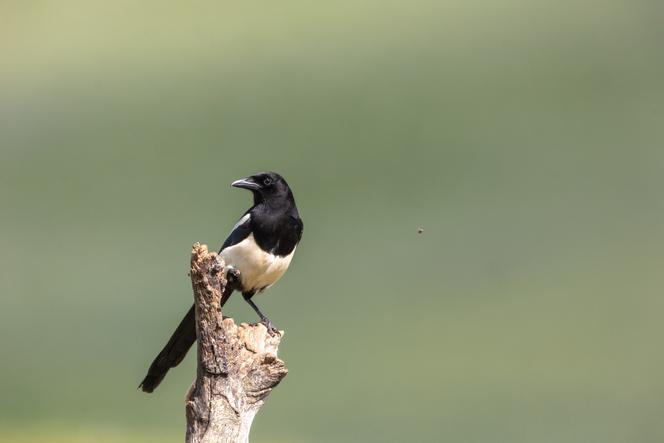


On Easter, not all eggs are chocolate. And children aren't the only ones with a sweet tooth. It's also the breeding season for most birds in our temperate regions. And eggs left in nests also have their admirers. At the forefront of these flying thieves is the corvid family, including the magpie, the crow and the jay.
Biologist Magne Husby sought to understand how certain species try to protect themselves from these predators. An emeritus professor at Nord University in Bodø, Norway, he explained: "Many bird species use anthropogenic materials in their nest, and these materials don’t seem to be a part of the nest construction or isolation. Why should they put such anthropogenic materials in their nests?" In other words, could these bits of plastic, fabric and other debris serve as scarecrows?
The result of this work led to the publication of an article in the Royal Society Open Science journal on April 16. "We started the research to study whether anthropogenic materials in a nest result in hesitation to depredate the nest," the researcher explained. The neophobic nature (fear of novelty) of magpies and crows has already been documented in the literature.
You have 68.33% of this article left to read. The rest is for subscribers only.
